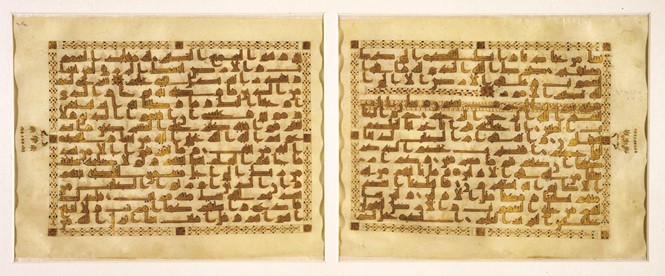You say you want AI revolution

Bruno Maag says AI can be typography’s friend, if used to help make rational decisions about culturally sensitive issues
Artificial intelligence (AI) is the latest tech trend offering to free humans from the mundanities of modern life. What intrigues me, however, is how AI will affect brands. In branding, much depends on an understanding of people and their culture; without intimate local knowledge it’s easy to cause offence and discontent. A good example of this can be found in the Arabic writing system.
Kufic was Arabic’s first calligraphic style, developed in the 7th century in Kufa, in modern-day central Iraq. It is widely used for UI typography
and similar applications. However, Persians, Urdu speakers in Pakistan and others across central Asia generally reject this style as they perceive it as an example of cultural dominance, and much prefer the more flowing styles of Nastaleeq or Diwani.
Due to the highly complex shaping of letterforms and letter combinations, it is nearly impossible to translate Nastaleeq or Diwani into a typographic model, so to try to satisfy all of the cultures which use the Arabic writing system, the Naskh style serves as a compromise in visual and computing terms.
The history of the region means that although people are familiar with the different cultural preferences, there is reluctance to find a compromise for fear of diluting one’s own culture. People from outside this region – I am speaking from personal experience – are often ignorant of these preferences and fall into traps of technological usability and western aesthetics, alienating all parties and destroying brand acceptance.
This is where I think there is an opportunity for AI to help us make better decisions. By bringing together the cultural history and the range of preferences of real people, it should be possible to build an AI system to help identify designs that will be acceptable to the majority of the target audiences. As a designer, I would welcome a culturally aware, neutral guide to help me choose the best expression or deliver the best possible typeface design.
Bruno Maag is chairman of Dalton Maag












